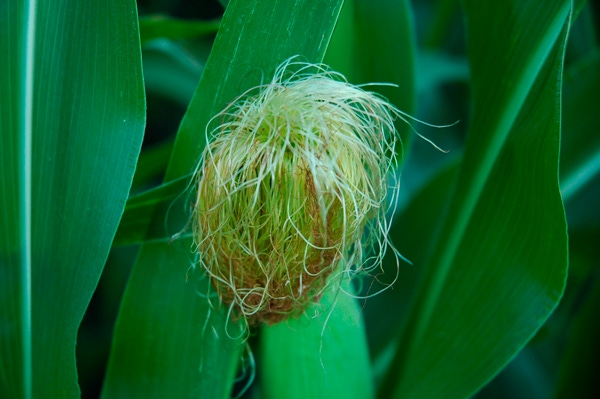August 2, 2016

Farmers are reminded, keep scouting the fields for pests.
The two pests Ohio State University researchers are telling producers to keep an eye out for are the spider mite and the western beat cutworm.
With continued dry weather, the pest researchers are getting the most calls about is the spider mite.

This is just a reminder that vigilant scouting for this pest is a good idea right now. It is also important to re-scout five days after treatment because many products will not kill the eggs, and populations can resurge. Any necessary follow up treatment should be made with a product with a different mode of action to reduce resistance development (so, for example, if you used something with bifenthrin the first time, you might switch to Lorsban the second time, or vice versa).
There are two miticides that are newly labeled for spider mite management in soybean and/or some types of corn: Agri-Mek from Sygenta and Zeal from Valent. Researchers at Ohio State University have not tested these products yet, but are running trials with both of them in northwestern Ohio.
On another note, adult western bean cutworm trap counts are declining, having past their peak for the summer. But scouting is still relevant as the later moths continue to lay their eggs.

Counties near Lake Erie have had particularly high trap counts.
Threshold populations on corn plants should be treated before larvae have a chance to enter the plants. To scout for eggs or larvae, choose at least 20 consecutive plants in five random locations and inspect the uppermost three or four leaves for eggs, as well as the silks for larvae if tassel has emerged. Be sure to inspect different areas of the field that may be in different growth stages. For field corn, if 8 percent or more of the plants inspected have eggs or larvae, consider treatment.
You May Also Like




